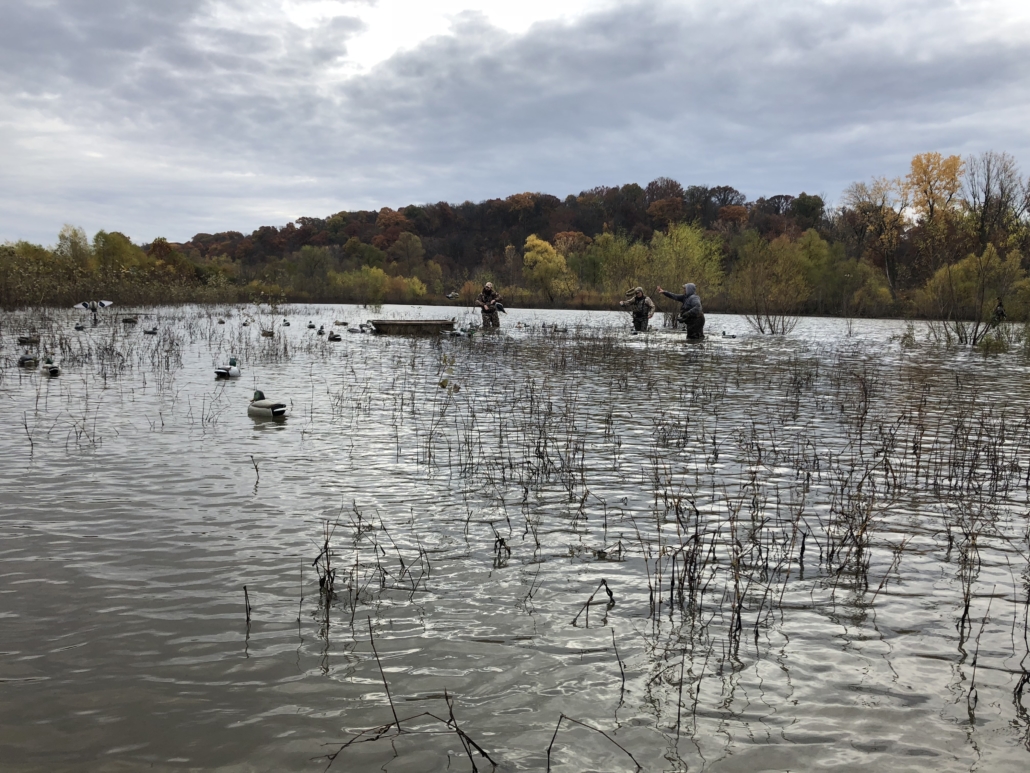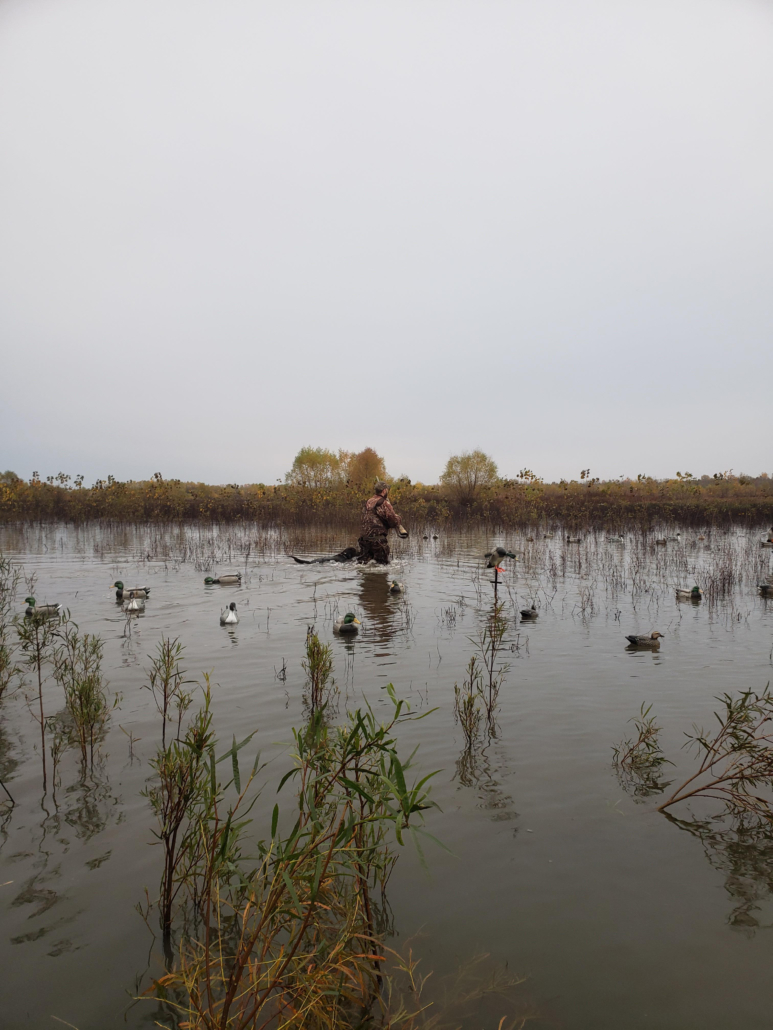Solutions for Flooded Crop Fields
Mother Nature has a habit of getting what she wants. She may give you a few small victories, but inevitably, she will win the war. This example of give and take can be explicitly seen in the world of row crops, and their relationship with wetlands and streams. It is often an underappreciated attribute of nature, that while we can certainly put infrastructure in place to help control the rate of flooding in any given area, water will go where it goes and at the end of the day, will do what it wants. Flooded agriculture fields and crop damage caused by excessive rain and flooding are all too common for farmers looking to utilize fertile low-lying fields. Unfortunately, some of these most fertile and productive soils are those that were once wet and at times, inundated with water at varying times throughout the year. In some cases, technology and engineering have helped to remedy or at least minimize the impacts of flooding.
This lack of predictability can wreak havoc on a producer’s bottom-line and can certainly drive you to rethink your approach to farming that tract of land. Eventually, the costs of fighting the war on water may outweigh the benefits, and a producer may begin to look for a more permanent solution. Luckily, there are many available that can offer multiple win-win scenarios and can help create a little habitat and potentially keep these acres profitable.
Can Establishing A Wetland Solve Your Problem?
Before diving into the wetland restoration options available for today’s landowner, let’s first examine the benefits of wetlands and wetland habitats. Wetlands are often referred to as natures filter. As water backs into these shallow areas, the velocity slows. This allows for any sediment being carried by the current to deposit, which continues to help establish the wetland ecosystem. Additionally, the vegetation within these areas can help to filter out any unwanted material and nutrients, thereby cleaning the water. Wetlands are a critical component in flood control, by providing excess flood waters a place to go, which in-turn releases the stress on the levees downstream. Additionally, wetland habitats are critical for many different species of fish and terrestrial wildlife. Without the presence of these habitats in and around river/stream, system, water is free to bust the banks and into your crops.

For a landowner who happens to find themselves in the position of owning crop fields that flood or pool, that fits the descriptions above, you are in luck. There are multiple options available to help you restore the acres of wetlands that Mother Nature so desperately wants them to be, while at the same time protecting your bottom-line.
Government Programs for Wetlands and Flooded Crop Fields
The U.S. Department of Agriculture recognized this need long ago. Beginning in the early 1990’s developed a program known as the Wetland Reserve Program, or WRP. Over the years, this program has remained relatively consistent, however, during the 2014 Farm Bill the WRP program was rolled into the Agriculture Conservation Easement Program-Wetland Reserve Easement title. This program allows landowners to apply for funding to restore the wetlands on their property as well as protect those wetlands. Landowners are required to “offer” their property up for consideration in the program. While each state ranks the offered lands a little differently, there is a core list of requirements that each offer must meet to be considered eligible. Once the property is determined to be eligible, then each offer is ranked and funding accordingly.

The WRE program places either a 30 year or perpetual easement on the accepted acres. Landowners will receive a one-time payment as well as receiving the wetland restoration costs for the restoration. Many landowners have participated in the WRP and WRE programs, with great satisfaction but personally and financially. WRE is an excellent option to consider if you are looking for a solution for those wet areas on your property.
In addition to WRE, there are multiple state and federal programs that will provide landowners with cost share assistance for wetland restoration. These funds will help a landowner offset the cost of installing levees and water control structures, which will allow them to manage the water level on these acres. While there is not a lump sum payment associated with programs like these (unlike WRE), acres restored through these programs can help create amazing wetland habitats for multiple species to enjoy.
Turning Flooded Fields to Wetlands, Then Into Profit
Whether a landowner restores their property through an easement program such as WRE, or a state of federal cost share program, there is still an opportunity for economic return on investment. The sport of waterfowl hunting continues to hold strong across the country. Waterfowl hunters are often in search of new areas to lease or purchase, especially if those areas provide a reliable waterfowl hunting opportunity. Landowners with restored wetland acres, or even consistently flooded crop fields can choose to take advantage of this need by leasing land for waterfowl hunting to interested hunters. This option can help ensure that these acres remain profitable for the landowner, while creating high quality habitat and outdoor recreational opportunities.

Earn Easy Income from Your Flooded Ag Fields
If you find yourself constantly fighting Mother Nature in a battle of wills and water, considering changing your approach and roll with the opportunity at hand. Remember that wetlands can be a permanent solution for some fields, or even help your other fields by implementing them at certain areas on the property. Regardless of whether you install a wetland, remember that you can still earn an easy income source from flooded crop fields.
GET INFO ABOUT LEASING THE HUNTING RIGHTS TO YOUR PROPERTY
[av_sidebar widget_area=’SRM-CAPTCHA-FORM’ av_uid=’av-2q9txt’]

Leave A Comment